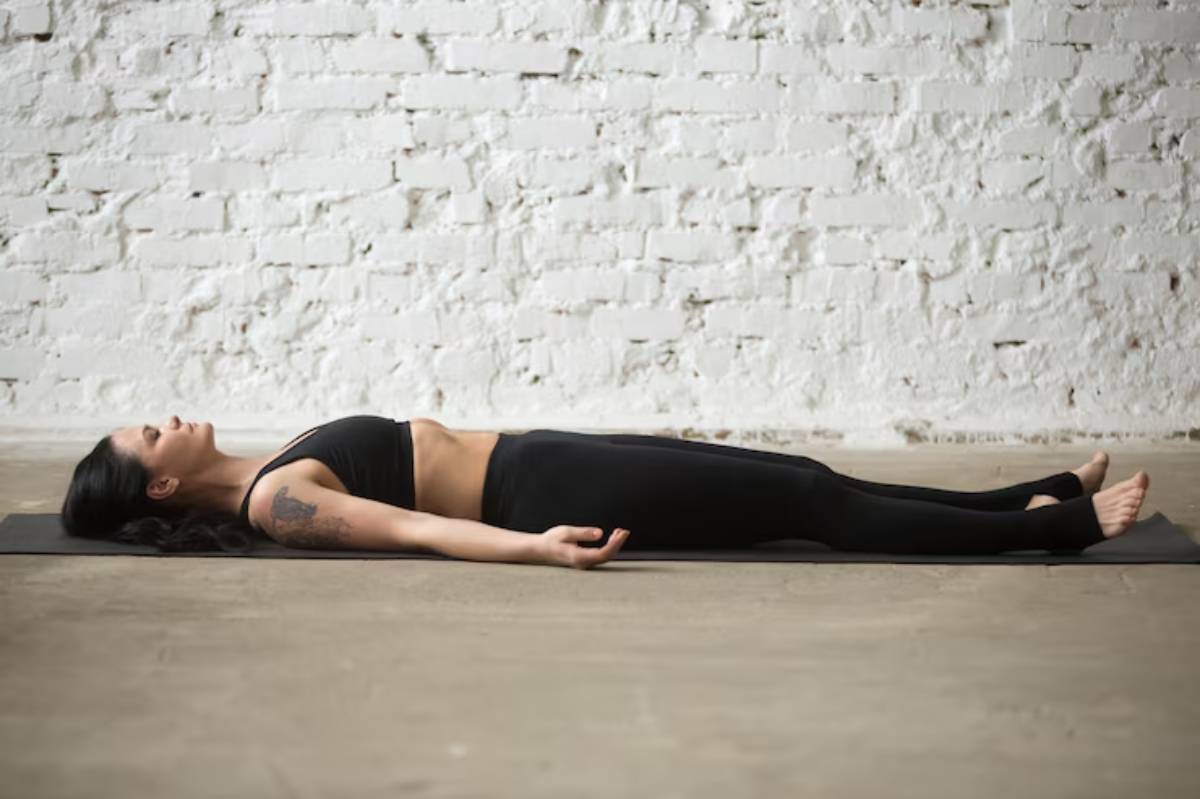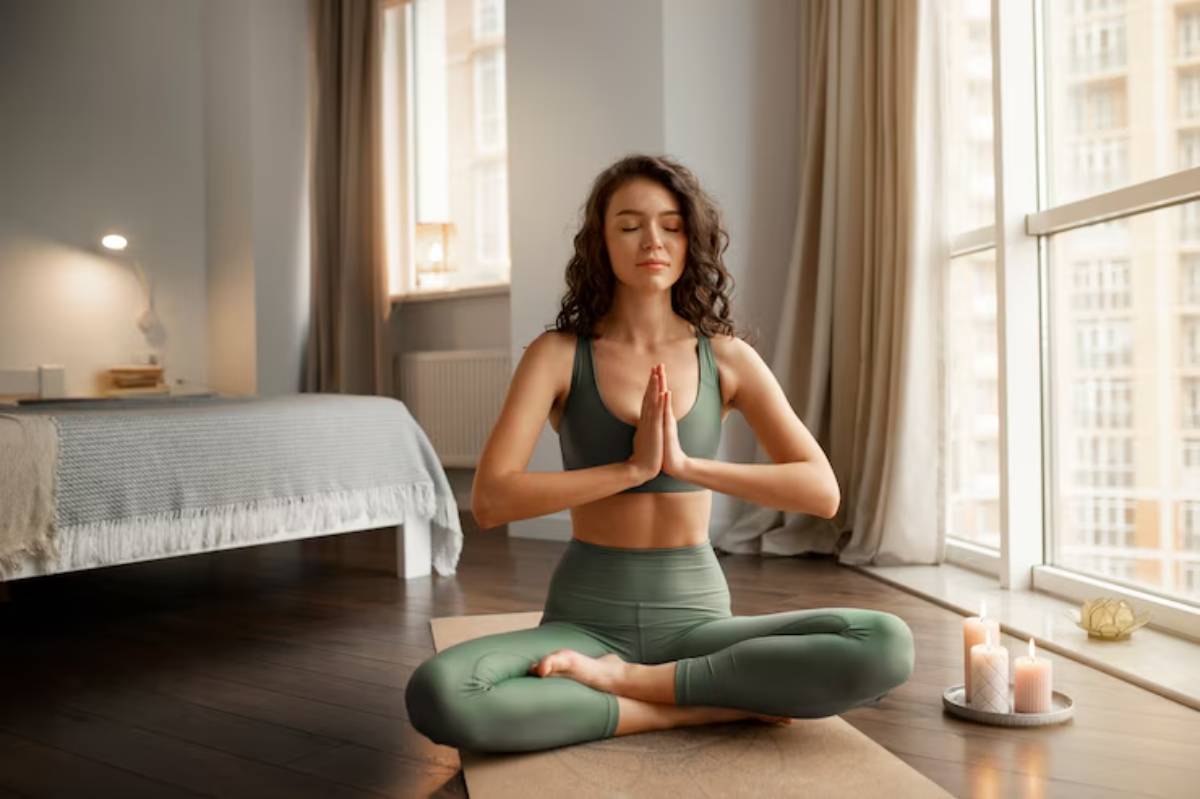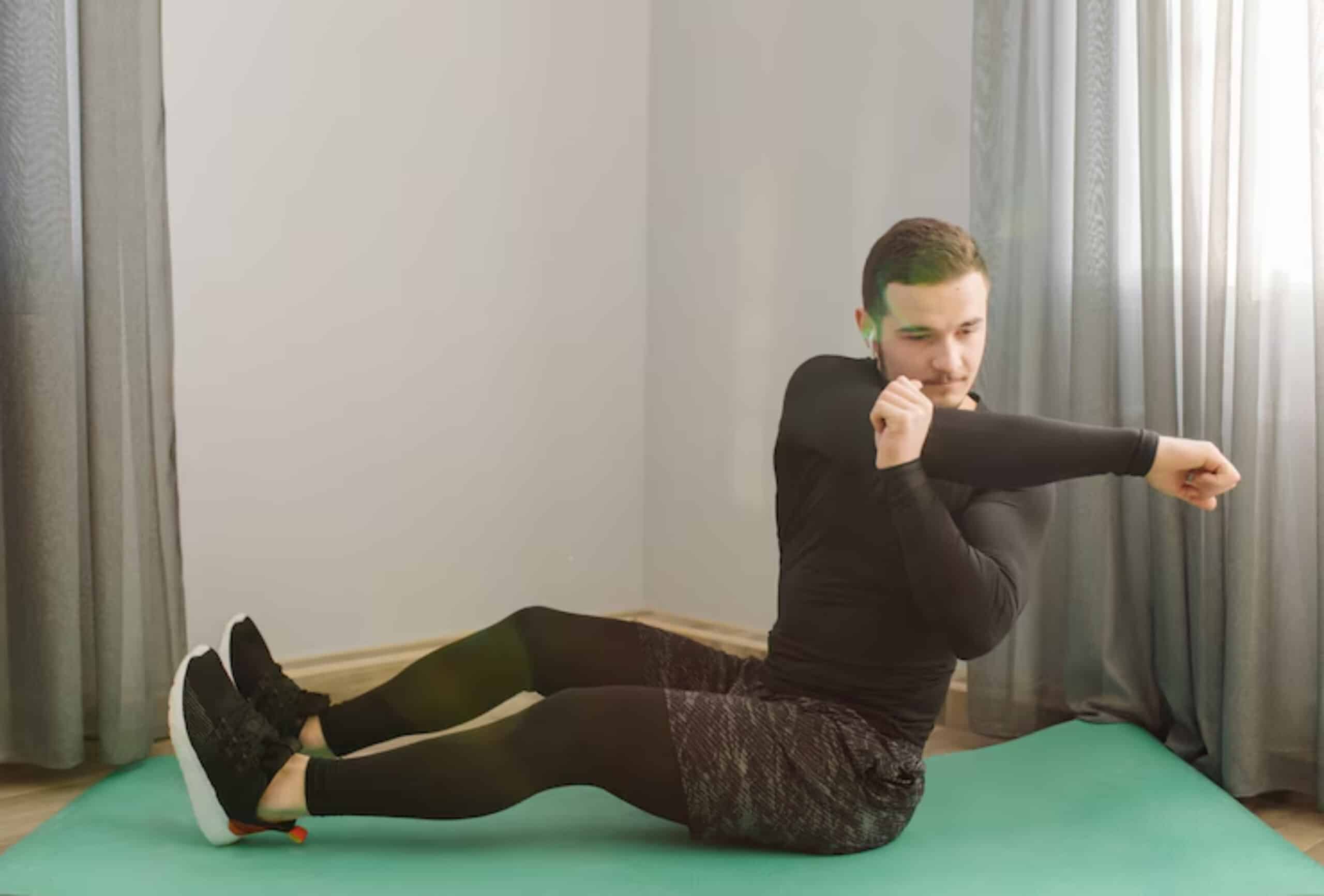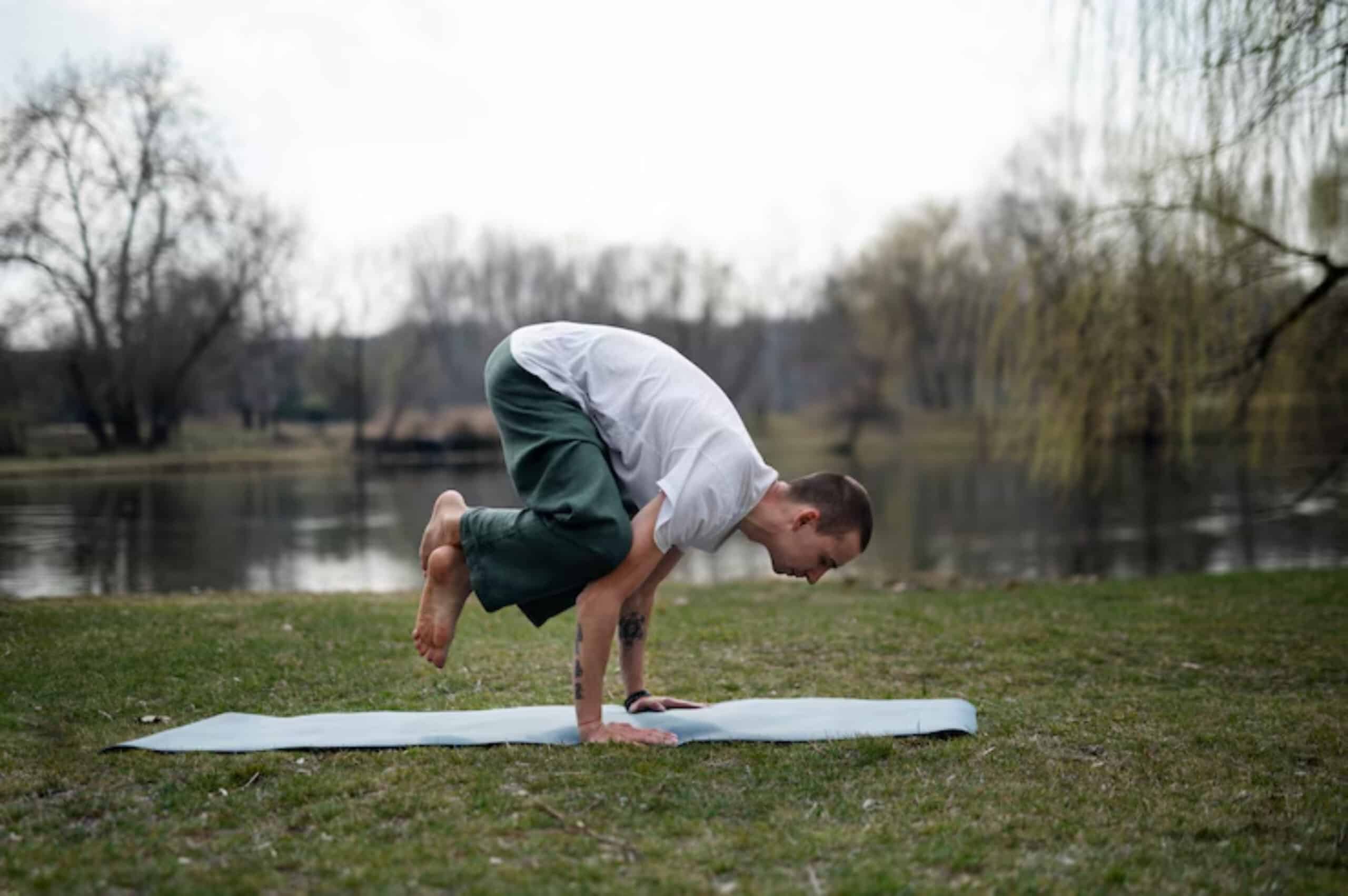
Yoga Transitions That Engage the Core
It’s easy to focus on big, dramatic yoga poses — the inversions, the deep backbends, the graceful balances. But if you really want to build strength and awareness, look between the poses. That’s where the magic happens.
Yoga transitions, often overlooked, are a secret weapon in developing functional strength, stability, and flow. These moments of movement aren’t just a way to get from point A to B — they’re opportunities to ignite your core, enhance breath control, and deepen body awareness.
If you’re craving more connection in your practice and want to upgrade your yoga movement core experience, mastering dynamic yoga transitions is key. These movements challenge your balance, coordination, and muscular control, offering far more than static holds.
In this guide, you’ll discover:
- What core-focused transitions are and why they matter
- How to design a Vinyasa core sequence that flows with strength
- The best transitions to train your deep core and full body
- Tips, variations, and routines to level up your yoga practice
Let’s explore the spaces in between — and discover where your true strength lives.
Why Transitions Matter More Than You Think
When most people think “core,” they picture crunches or planks. But yoga takes a different — and arguably more intelligent — approach.
Benefits of Core-Focused Transitions:
- Engages multiple muscle groups simultaneously
- Enhances neuromuscular control and balance
- Strengthens deep stabilising muscles, not just superficial ones
- Improves breath-body synchronisation
- Boosts mindfulness and body awareness
Instead of isolating muscles, transitions integrate them, building functional strength that translates to real-life movement.
Every step, lift, reach, and twist becomes a training opportunity when done with intention.
Understanding the Core in Motion
The core isn’t just abs. It’s a complex system that includes:
- Rectus abdominis (six-pack muscles)
- Transverse abdominis (deep core belt)
- Obliques (sides of the waist)
- Erector spinae (lower back)
- Pelvic floor and diaphragm
- Hip flexors and glutes
During movement, these muscles work together to stabilise the spine, control posture, and direct force. Core-centric transitions make all of this happen — in real time, with real control.
Core-Engaging Transitions to Try
These dynamic yoga transitions can be woven into any vinyasa or power yoga sequence. At first, practice slowly and deliberately, focusing on breath and control.
1. Downward Dog to Knee-to-Nose Plank
- Muscles: Core, shoulders, hip flexors
- Tips: Exhale as you draw the knee in and round the spine
- Why it works: Converts spinal extension to flexion with core activation
2. Chair Pose to Standing Leg Lift
- Muscles: Transverse abdominis, obliques, balance stabilisers
- Tips: Engage your core as you rise and lift one knee
3. Three-Legged Dog to Low Lunge (with control)
- Muscles: Core, hamstrings, glutes
- Tips: Avoid swinging the leg — use slow motion to build strength
4. Plank to Side Plank Roll
- Muscles: Obliques, shoulders
- Tips: Move as one unit; keep hips lifted throughout
5. Standing Forward Fold to Chair Pose Roll-Up
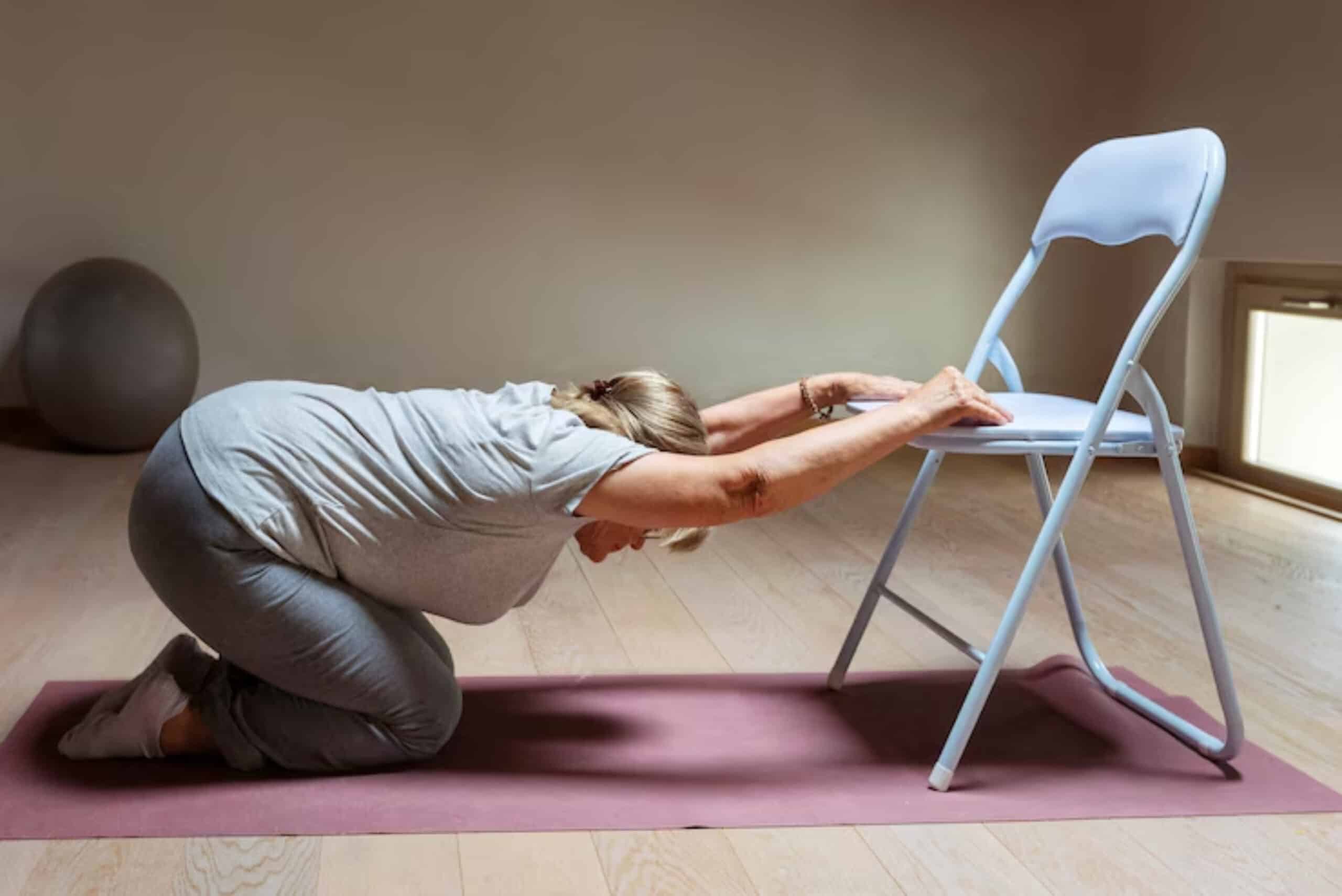
- Muscles: Lower abs, glutes, spinal stabilisers
- Tips: Roll through the spine with core support, no momentum
6. Boat Pose to Low Boat and Back
- Muscles: Rectus abdominis, transverse abdominis
- Tips: Inhale to rise, exhale to lower; keep feet off the floor
7. Hover to Chaturanga
- Muscles: Shoulders, core, chest
- Tips: Keep elbows close and move slowly to avoid dumping into joints
8. High Lunge to Warrior III
- Muscles: Posterior chain, glutes, hamstrings, core
- Tips: Keep your hips square and your arms strong to maintain control
Want more plank-focused options? See Plank-Based Yoga Sequences for Core Power.
Building a Vinyasa Core Sequence
A great vinyasa core sequence uses transitions and poses to engage your midsection in every movement. Here’s how to put it together:
Warm-Up (5–7 mins)
- Cat-Cow (spinal articulation)
- Sun Salutation A x 2
- Low Plank Holds (10 seconds)
Core Flow (15–20 mins)
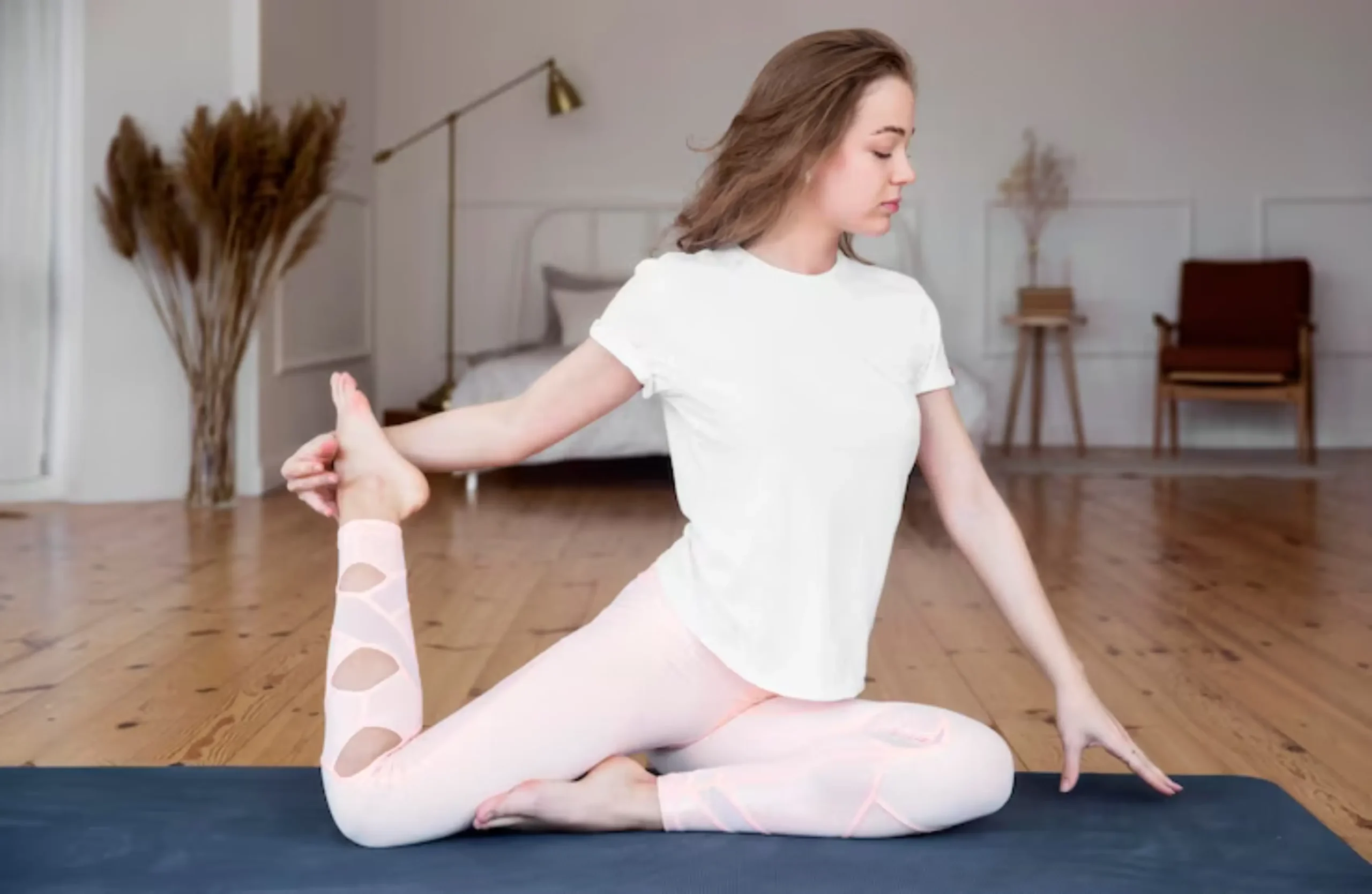
- Chair Pose to Standing Leg Lift (3 reps each side)
- Three-Legged Dog to Knee-to-Nose Plank (3 reps per side)
- High Lunge to Warrior III Hold (15 sec per side)
- Chaturanga to Upward Dog to Downward Dog (twice)
- Hover to Chaturanga Flow (3 reps)
- Boat to Low Boat Flow (5–8 reps)
Cooldown (5 mins)
- Seated Forward Fold
- Supine Twist
- Happy Baby
- Savasana
You can scale this up or down depending on your strength, time, and energy. Aim for 2–3 times a week.
Case Study: Sophie’s Flow Revolution
Sophie, a 34-year-old physiotherapist from Brighton, found her yoga practice had plateaued. “I felt stuck in just doing the poses,” she said.
After incorporating core transitions into her practice, especially from plank to side plank and lunge to Warrior III, she noticed a shift.
“Suddenly, I was sweating. I was focused. I felt strong, not just stretchy,” she explained.
Now, Sophie designs flows for her clients that integrate yoga movement core principles to help them recover from injury and build lasting stability.
Mistakes to Avoid in Core-Based Transitions
Transitions look fluid, but they require technique. Here’s what to avoid:
- Losing control: Move slowly and avoid momentum
- Arching the lower back: Keep pelvis neutral
- Holding breath: Match inhale and exhale to movement
- Skipping progressions: Use props or simplify until strength builds
Growth in yoga often hides in the details. Don’t skip them.
Tips for Mastering Dynamic Core Transitions
Start Small
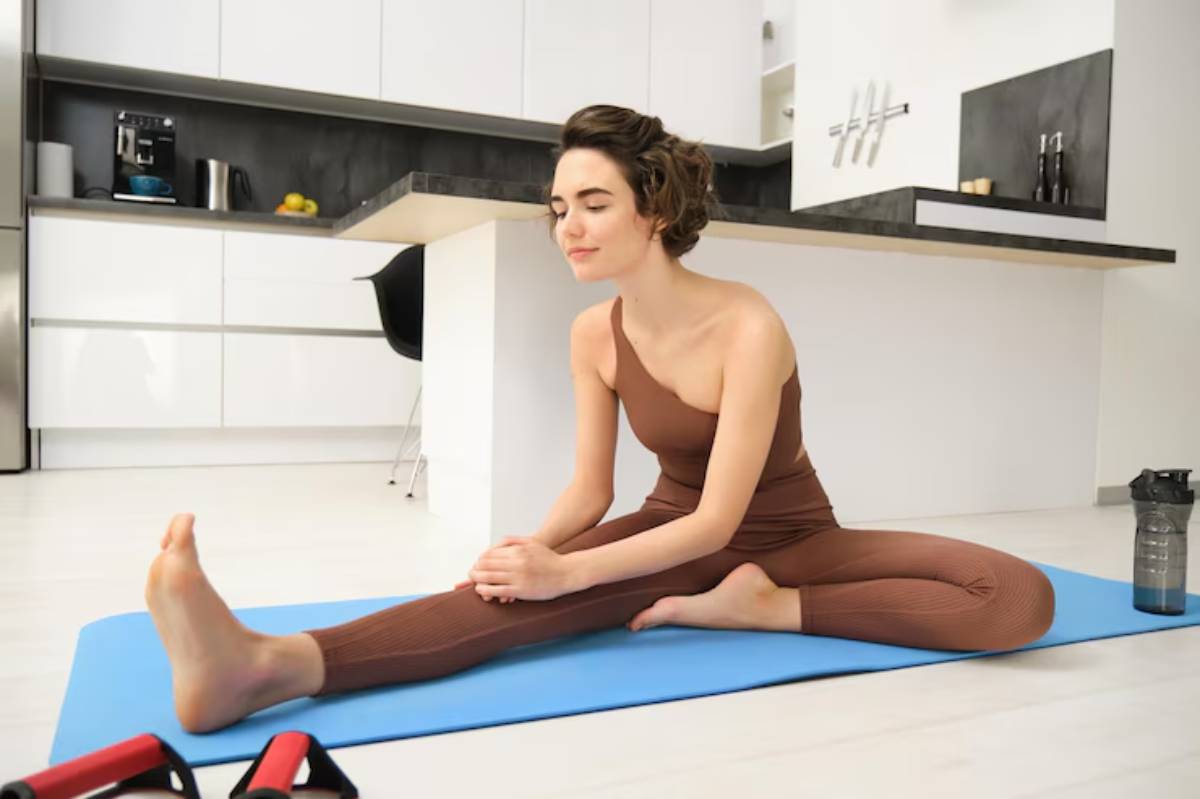
Don’t aim to flow perfectly right away. Practice isolated movements like knee-to-nose or Boat to Low Boat.
Focus on Breath
Use exhales to power contraction (e.g., drawing the knee in or lifting from the low boat).
Use Props
Blocks and straps help maintain alignment as you learn to control transitions.
Video Yourself
Watching your transitions helps you spot imbalances and improve technique.
How to Integrate Core Transitions Into Your Regular Practice
Option 1: Sprinkle Throughout Your Flow
- Add Chair to Leg Lift after warming up
- Insert Boat Pose flows between seated stretches
Option 2: Replace Static Holds with Transitions
- Instead of just holding Warrior III, flow into and out of it with control
- Swap a long Down Dog for Dog > Plank > Dog reps
Option 3: Use as a Finisher
End your practice with:
- 3 rounds of Boat to Low Boat
- 2 rounds of Chaturanga Flow with Hover Holds
Need a full-body balance and strength plan? See Improve Stability with Standing Balance Poses.
Final Thoughts: Your Strength Lives in the Transitions
True power in yoga isn’t in how long you can hold a pose — it’s in how mindfully you move into it. Yoga transitions that engage the core teach you to stay focused, breathe with intention, and move with strength and grace.
These in-between moments are where growth lives. They build stamina, sharpen focus, and connect the physical with the mindful.
